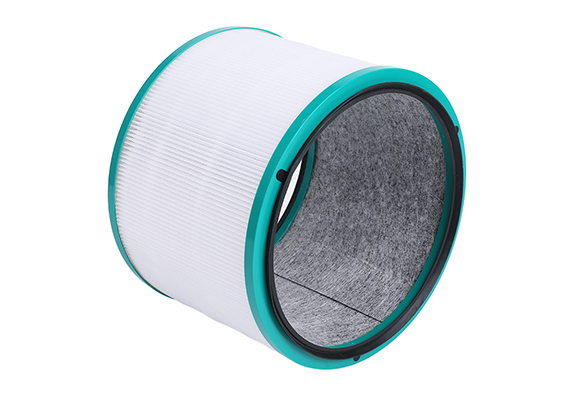When you are choosing an air purifier filter, there are several things you need to consider. For one, you need to choose a model that is effective at removing pollutants. Depending on your needs, you may want to find one that is effective against all kinds of particles, or you may want to select one that is effective against specific contaminants. You should also consider the size of your room and the amount of noise it makes before deciding on the most effective model.
Using HEPA filtration, an air cleaner can remove allergens and trap small particles. Smoke is another problem that can be eliminated using an air purifier. Smoke is a common source of contaminants in a home and can be a major source of allergies. While most people think of smoke from cigarettes, it can also come from household fires, kitchens, and outdoor areas.
Most air purifiers come with filters and a fan to push clean air out. Filters are generally made of fiber, paper, or mesh. To keep your air clean, you should change the filters at least every three months or so. You can also buy a machine that has Energy Star certification.
It's important to keep your air purifier filters clean to prevent mold from growing. Washable air filters are also a good choice, as they are easy to clean and require little maintenance. They can be cleaned like you would change the filter on your vacuum cleaner, and it only takes a few minutes. A little soap and water will help remove dust and other contaminants.
HEPA filters are very effective at removing small particles, and most of them are made of fiberglass. While they're more expensive than glass fiber filters, they are still less expensive than those made of glass. Glass fiber filters, on the other hand, have a higher pressure drop, and they require more filter media. This means that there's less airflow through the filter, which decreases the efficiency of the China air purifier filters manufacturers.


Function: antibacterial, mites removal, odor removal, photocatalyst, cold catalyst
Application scenarios: Offices, shopping malls, schools, public places
HEPA stands for High Efficiency Particulate Air. It is a standard defined and developed by the U.S. Department of Energy during the 1940s as part of their efforts to contain the spread of particles and contamination resulting from nuclear testing. This standard has since moved into the consumer market and has become commonplace for air purifiers.
To meet the HEPA standard, the filter must remove 99.97% or more of all particles which are 0.3 microns (micrometers) in diameter. In other words, for every 10,000 particles that are 0.3 microns in diameter, only three of them pass through.


 English
English 中文简体
中文简体













